Port wine is a unique type of fortified wine that has been around for centuries. It has a distinctive flavor and sweetness, with many different varieties to give different port wine styles to choose from. Port wine is made from grapes grown in the Douro Valley region of Portugal and traditionally served as a dessert or after-dinner drink.
The grapes are harvested early, then partially fermented before adding brandy to stop the fermentation process. Different styles of port are white port, rosé port, tawny port or ruby port.

What is port wine?
The wine is made by adding brandy during the fermentation process, which stops the growth of yeast and leaves a higher residual sugar content.
The origin of port wine can be traced back to the 17th century when British merchants started importing wines from Portugal. However, it was not until the 18th century that port became popular in England and subsequently spread across Europe. Port wine is typically enjoyed as a dessert wine due to its sweetness but can also be served with cheese or chocolates.

One of the defining characteristics of port wine is its high alcohol content, which ranges between 18-20%. This makes it an ideal choice for those who prefer stronger beverages.
Taste and Flavor Profile
It is a sweet red wine that bears the name of the port houses of the coastal city of Porto from where it was historically shipped to other parts of Europe.
When you taste port wine, you’ll notice its distinct sweetness, which comes from adding brandy during the fermentation process to stop sugar conversion into alcohol. The result is a more concentrated grape juice with high residual sugar levels, creating a luscious mouthfeel with flavors such as caramel, chocolate, and vanilla.

The aging process also contributes to a single vintage tawny Port’s complex flavor profile. Tawny ports are barrel aged for at least three years or more, and their flavors come from oxidative aging through contact with air.
A Brief History of Port Wine
The history of port wine dates back to the 17th century when British merchants began importing wines from Portugal.
However, due to poor transportation and storage conditions, the wine would often spoil during transport. To combat this issue, brandy was added to the wine to stabilize it and extend its shelf life.

Port Production
The grapes are grown in terraced vineyards on steep hillsides along the Douro River valley. The vines are planted in schistous soils, which retain moisture and provide nutrients for the grapevines.
After harvesting, in the traditional port production the grapes are crushed by foot or machine before being fermented with their skins intact.
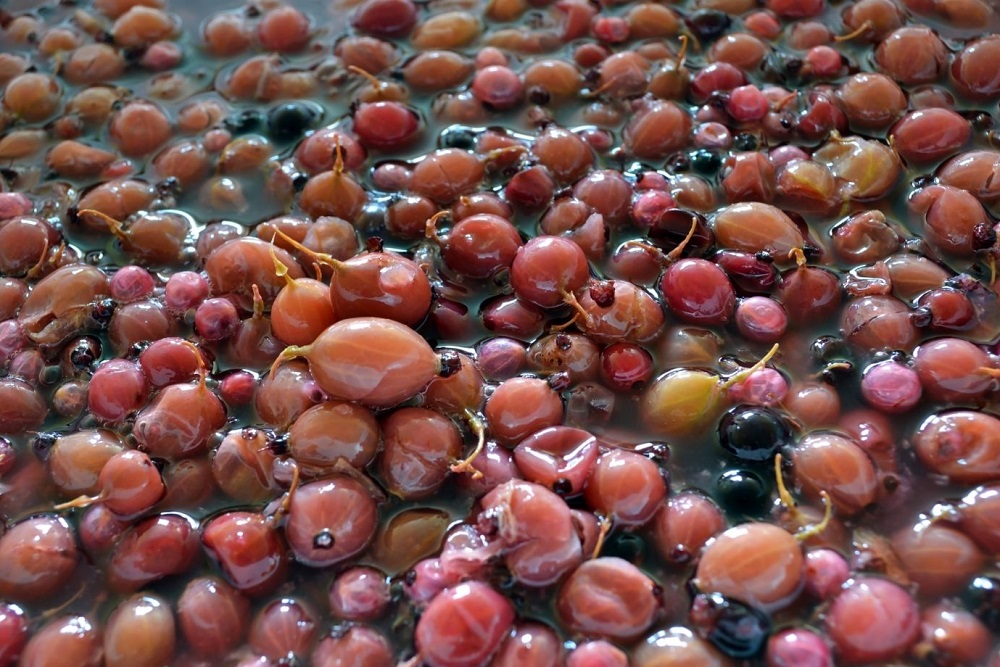
Once fermentation is complete, brandy or another type of spirit is added to stop the fermentation process and fortify the wine. This gives port its characteristic sweetness and higher alcohol content compared to other wines.
After fortification, the port wine is aged in oak barrels for several years before being bottled and sold to consumers around the world.
Other Regions that make Port Style Wine
Although commonly associated with the Portuguese region of Porto and its famous Port wines, fortified wines are produced in other regions around the world as well.
In Spain, for example, Jerez de la Frontera produces sherry – a white wine to which spirit was added made from Palomino grapes. Sherry ranges in style from dry to sweet and can be enjoyed as an apéritif or paired with food.

In France’s Languedoc-Roussillon region, Banyuls is a wine made from Grenache grapes that have been grown on steep slopes overlooking the Mediterranean Sea. The grape must is fermented until about halfway through when it’s blended with neutral grape spirit to stop fermentation and fortify the wine.
Marsala is a sweet wine which is produced in the region of Marsala in Sicily, Italy. The wine is made using traditional methods that have been around for centuries. The unique taste of Marsala comes from the grape varieties used to make it and the way it’s aged.
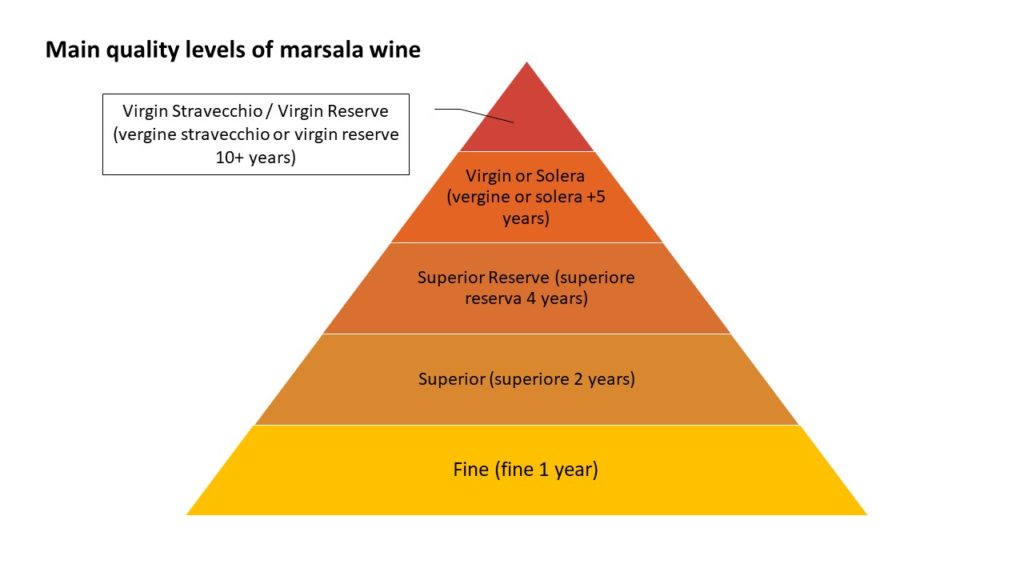
Pairing Port with Food: What to pair with Port?
Port is a sweet and rich wine that comes in different styles, including Tawny Port, Ruby Port, and Vintage Port. This wine is best known for its complex flavor profile and ability to pair well with many foods. If you’re looking to elevate your dining experience, then knowing which food to pair with Port can make all the difference.
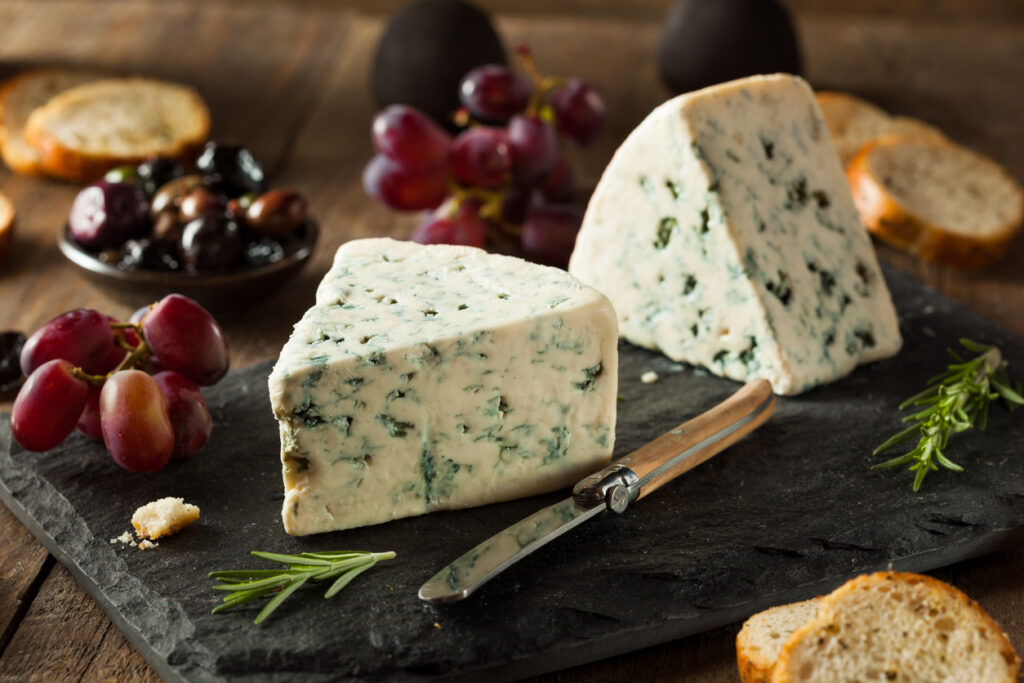
One of the most popular food options to enjoy with Port is cheese. Cheese provides a perfect balance of salty and savory flavors that complement the sweetness of this wine. The best types of cheese to pair with Port include blue cheese, aged cheddar, and gouda.
You can also add nuts or dried fruits like figs roasted nuts or apricots or chocolate to further enhance the pairing.
The Common Styles of Port Wine
Port wine is a wine that originates from Portugal’s Douro Valley. It has four main styles: white, rose, tawny, and ruby. Each style of red wine port is produced in a distinct way and offers a unique port wine taste experience.
Rosé Port
Rosé port has a complex flavor profile that combines elements of both red wine and traditional port. It has notes of strawberries, raspberries, and cherries, as well as hints of caramel and chocolate flavors and nuts from aging in oak barrels.

Ruby Port
Ruby port is the most common type of port wine. This red wine port is aged for a short period in oak barrels, resulting in a rich, fruity flavor with a deep red color. Ruby port is typically the least expensive and most widely available type of port wine.
Tawny Port
Tawny port is aged for a longer period in oak barrels, resulting in a lighter color and a nuttier, caramel flavor. It is available in different age categories, ranging from 10 to 40 years, with older tawny ports being more expensive and complex.
White Port
White port is made from white grapes and is aged for a shorter period than red port. It has a lighter color and a drier taste, making it a popular choice for cocktails and as an aperitif. White port can also be paired with smoked salmon and shellfish as it is drier than red port.

Vintage Port
Vintage port is made from grapes from a single vintage year and is only produced in exceptional years. It is aged in oak barrels for a short period before being bottled and aged for many years in the bottle. Vintage port is the most expensive and sought-after type of port wine, with a rich, complex flavor that improves with age.
Late Bottled Vintage (LBV) Port
LBV port is made from grapes from a single vintage year and is aged in oak barrels for a longer period than vintage port. It is then bottled and aged for several years before being released. LBV port is a more affordable alternative to vintage port, with a similar, but less complex flavor.
Crusted Port
Crusted port is a blend of different vintages that is aged in the bottle for several years before being released. It is called crusted because it forms a crust or sediment in the glass bottle, which needs to be decanted before serving. It has a rich, fruity flavor with a tannic finish.
Port Wine Grape Variety
Port wine is a wine made from grapes grown in the Douro Valley, Portugal. While port can be made from over 100 different grape varieties, there are five primary grapes used to produce this delicious beverage: Touriga Nacional, Tinta Roriz (also known as Tempranillo), Touriga Franca, Tinta Barroca and Tinto Cão.
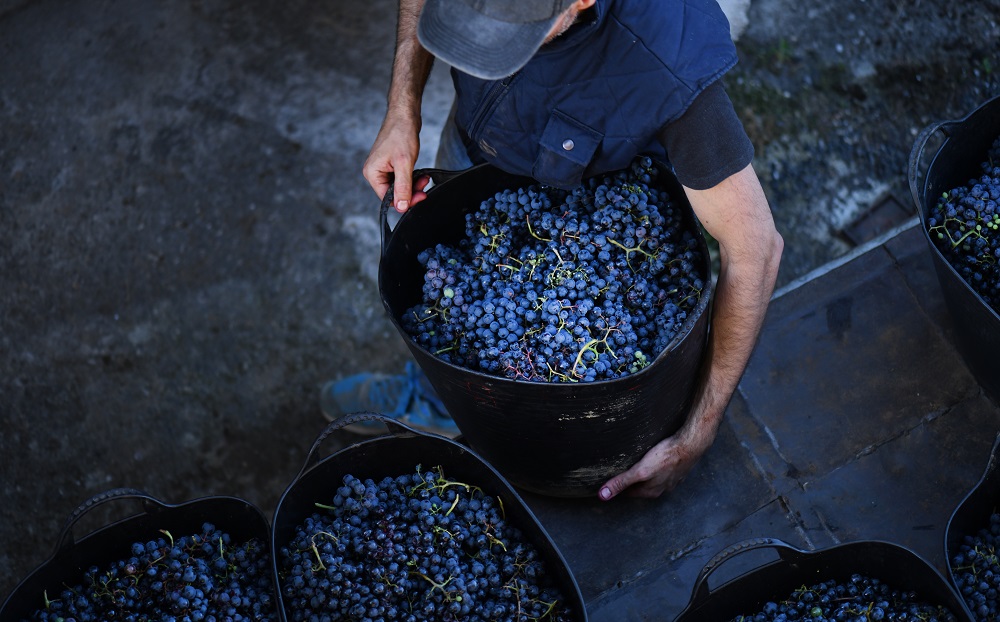
White ports are mainly produced with Malvasia Fina, Viosinho, Rabigato and Gouveio (Godello in Spain).
Do you need to decant Port?
Port wine is a popular drink that has been enjoyed for centuries, and it is often served at special occasions or after dinner.
How to drink port
One question that many people have about drinking port from wine glasses is whether or not it needs to be decanted before serving. The answer to this question depends on the type of port wine you are drinking.

If you are drinking a vintage port wine, then it is recommended that you decant it before serving. The aging process can create sediment in the bottle, which can affect the flavor of the wine if it is not removed by decanting.
Which Port to Use in Cooking?
Port is a wine that has been around for centuries. It is often used in cooking as it adds a rich and complex flavor to dishes. But with so many types of port available, which one should you use in your cooking? The answer may depend on what you are making.
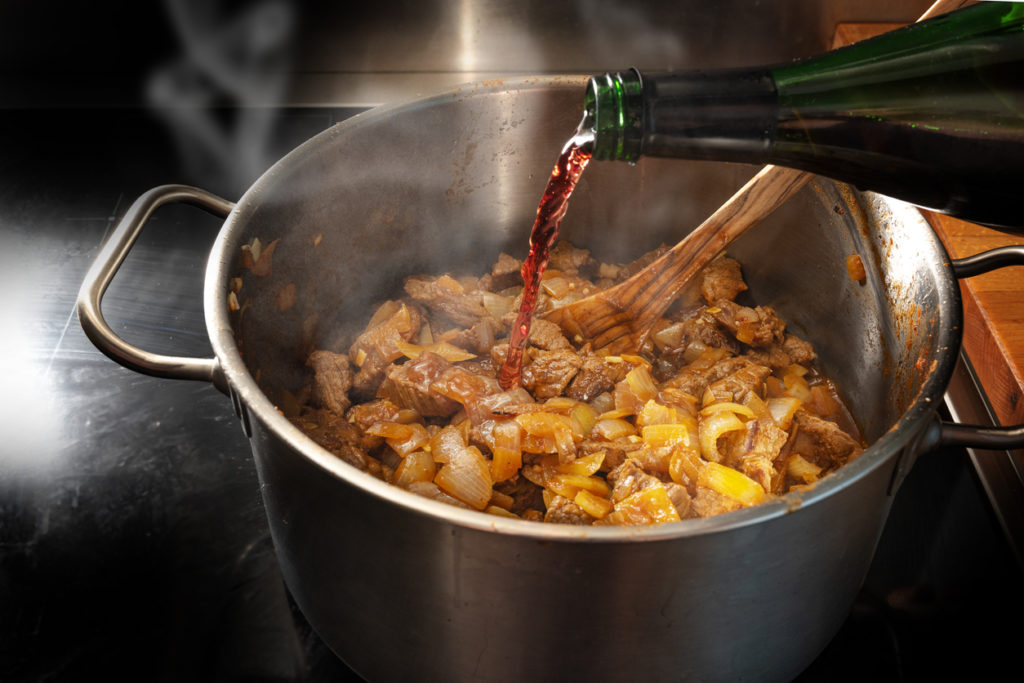
When it comes to savory dishes such as stews, gravies, and sauces, Ruby Port is a great choice. This port has a bold and fruity taste that pairs well with meats and other savory flavors. Its robust flavor helps to enhance the overall taste of the dish without overpowering it. On the other hand, if you are making desserts such as cakes or puddings, Tawny Port might be more appropriate. This type of port has a nutty flavor profile that complements sweet desserts perfectly.
How long does Port last open?
Like all wines, port can eventually go bad if it’s not stored properly or consumed within a certain timeframe.
One of the biggest factors affecting how long port wine lasts once opened is oxidation. When exposed to air, the flavors and aromas in the wine begin to change and break down over time. While some people may enjoy the oxidized taste of older vintage ports, others may find that it becomes too sour or vinegar-like over time.
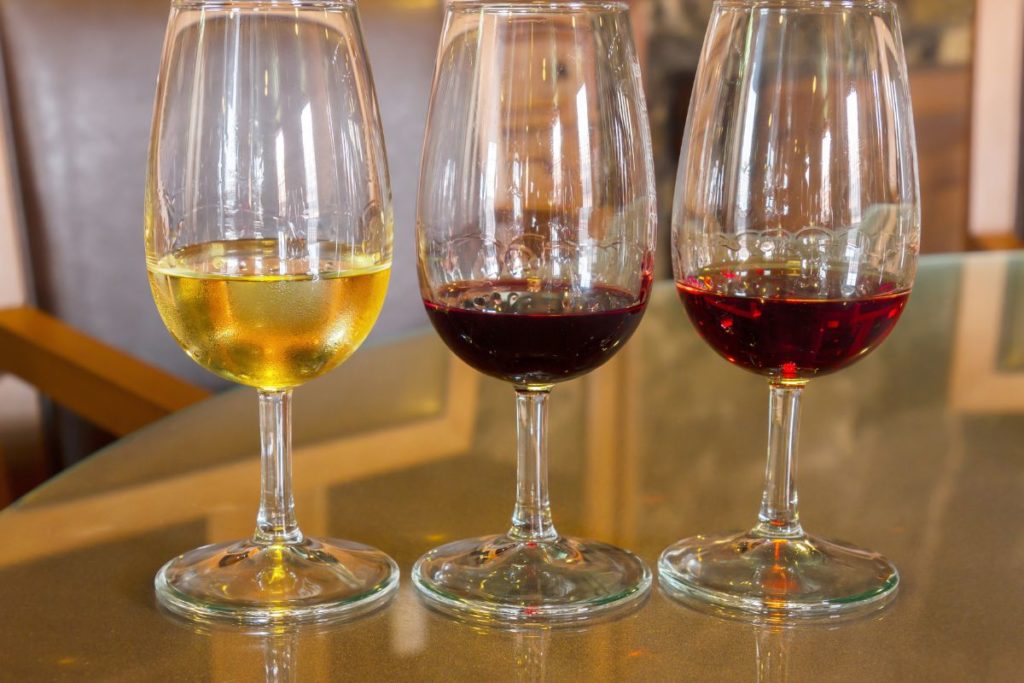
So how long does port wine last once opened? The answer depends on several factors such as storage conditions, type of port, and personal preference.
How to Serve Port Wine
One of the most important factors that determine the taste of this wine is its drinking temperature.
For white port, it is recommended to serve port chilled at a temperature of around 8-10°C. This will help to bring out their refreshing and vibrant flavors while balancing their sweetness. White port is often enjoyed as an aperitif or paired with light desserts such as dried fruit, tarts or sorbets.

On the other hand, rose ports should be always served chilled and slightly cooler than white ports at around 6-8°C. This will help sweet wine to highlight their fruity and floral notes while toning down their sweetness.
Factors to Consider When Buying Port Wine
When buying port wine, there are several factors to consider to ensure that you are getting the best quality wine for your money.
1. Style:
Port wine comes in different styles, including ruby, tawny, vintage, and LBV (Late Bottled Vintage). Each style reserve port has its unique taste and aging process.
2. Age:
Port wine is barrel aged, and the aging process affects the wine’s taste and quality. Generally, the longer the wine is being barrel aged, the better its quality. However, older port wines are more expensive, and it is essential to consider your budget when buying port wine.
3. Vintage:
A vintage port is made from grapes harvested in a single year and is considered the best quality port wines. Vintage port wines are only produced in exceptional years and are more expensive than other port wines.

4. Brand:
Some port wine brands have a reputation for producing high-quality wines. It is essential to research the brand’s history, reputation, and reviews before buying their port wine styles though.
5. Price:
Port wine prices can vary widely depending on the style, age, vintage, and brand. It is essential to set a budget and look for wines that offer the best value for your money.

Best Port Wines to Buy in 2023
Port wine is a sweet, wine that is produced exclusively in the Douro Valley of Portugal. It is typically served as a dessert wine and is known for its rich, fruity flavors and high alcohol content. Here are the top 10 best port wines to buy in 2023:
Please note that we receive a commission on wine sales on wine.com for any purchase via this website
These port wines offer a range of flavors and price points, making them accessible to both novice and experienced wine enthusiasts. Whether you’re looking for sweet, fruity tawny ports or a bold, complex vintage port, there’s sure to be a bottle on this list that will satisfy your palate.
Conclusion
Port wine is a rich and complex beverage that has been enjoyed for centuries. With so many different varieties and flavors available, it can be difficult to know where to start when looking for the best port wines to buy in 2023. However, after conducting extensive research and tasting, these 10 port wines stand out as some of the best options on the market today.

